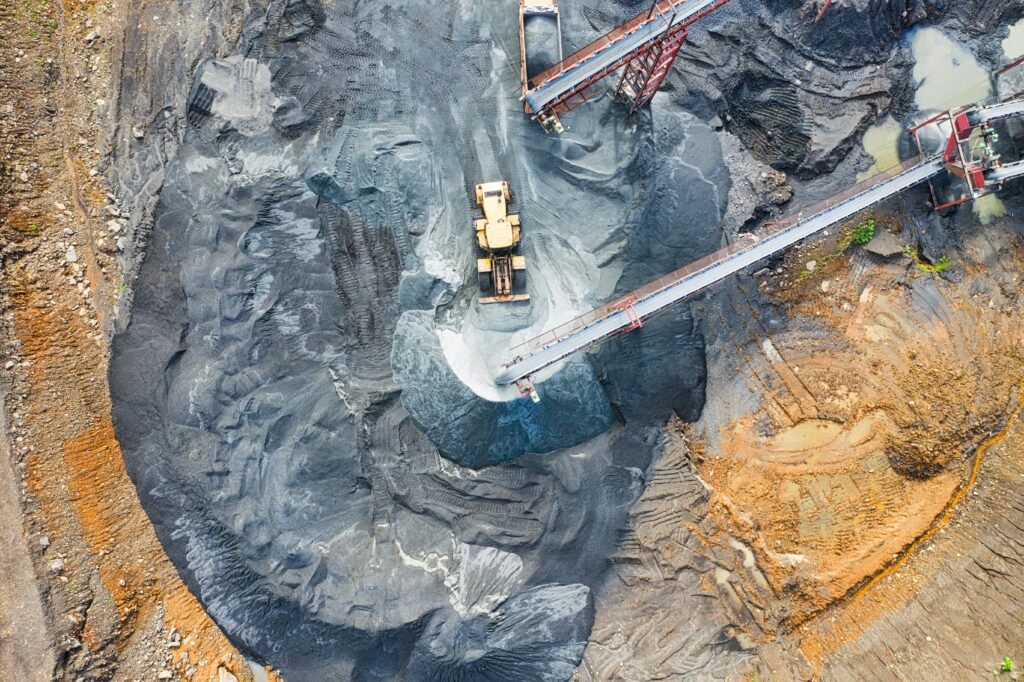
Mining often carries a heavy stigma. When people hear the word “mining,” images of deforested landscapes, polluted rivers, and smog-filled skies come to mind. But is this reputation justified for all mining operations?
Understanding When Mining Causes Damage
Environmental harm is real, but it doesn’t happen everywhere. The negative impacts are most visible when:
Mining is conducted illegally
Reclamation efforts are ignored
Waste is left untreated
Operations disregard environmental regulations and ESG standards
In these cases, the consequences are tangible and severe. The damage isn’t a myth — it’s a documented reality.
Responsible Mining: A Side Often Overlooked
Not all mining operations are destructive. Many companies implement strict environmental practices:
Complying with AMDAL/ESIA and other regulatory frameworks
Conducting reclamation and revegetation programs
Using modern, low-emission technologies
Maintaining transparency through audits and ESG reporting
In fact, some former mines have been successfully transformed into forests, lakes, or productive land, proving that responsible mining is possible.
Why Mining Remains Essential
Despite its reputation, mining provides essential materials for modern life:
Batteries for electric vehicles, smartphones, and solar panels
Microchips and electronics
Infrastructure such as roads, buildings, and public transportation
Medical equipment and energy systems, even jewelry
Interestingly, many of us who criticize mining rely on its products every day.
The Real Question
The debate isn’t about whether mining is harmful. The question we should ask is:
“Is mining being conducted responsibly?”
Mining itself isn’t inherently evil. It’s the irresponsible practices that cause harm. By supporting sustainable mining initiatives and holding companies accountable, we can balance industrial progress with environmental stewardship.
